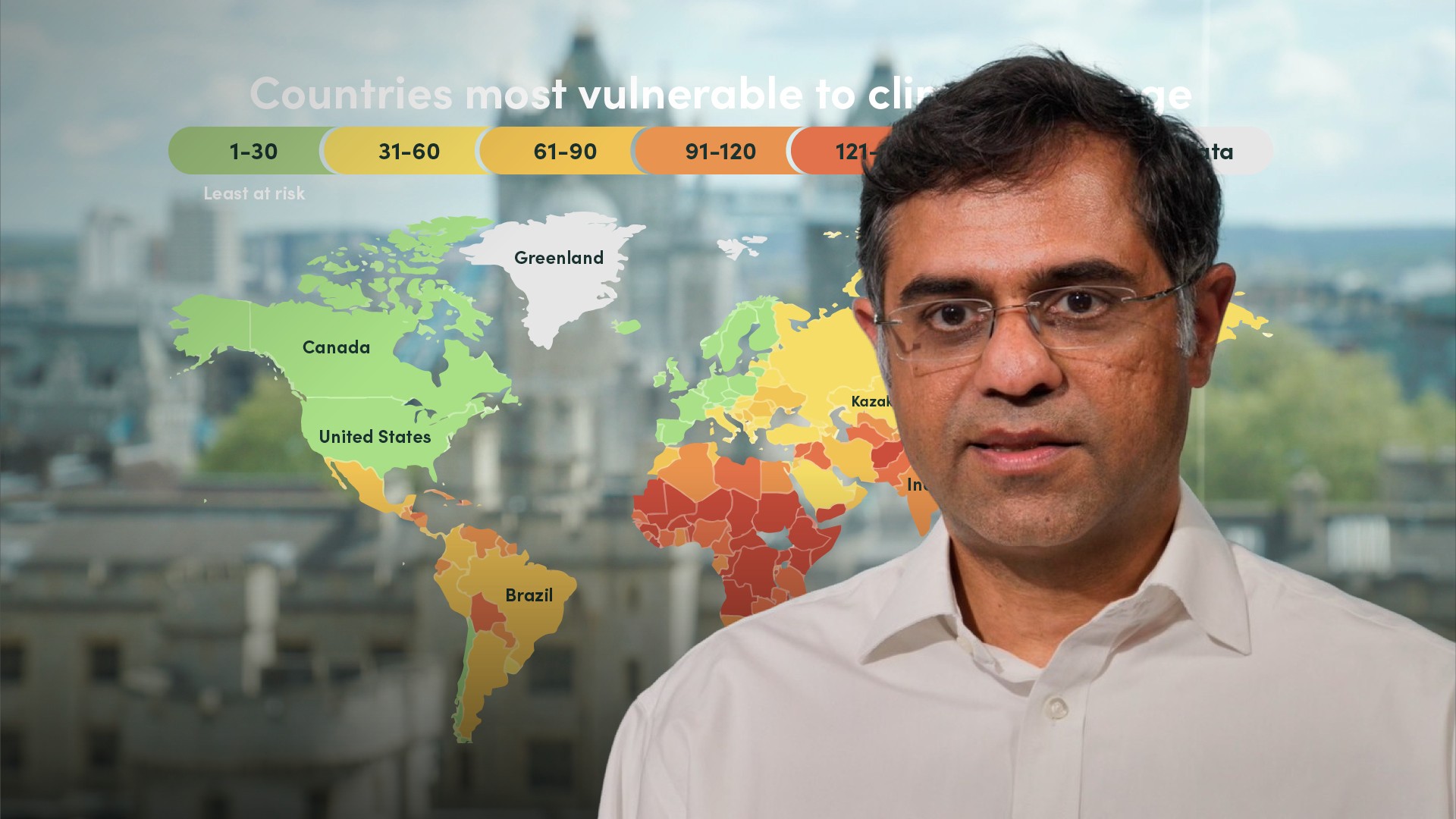
Central Banks and Climate Risk Management

Amit Kara
30 years: Macroeconomist
In this video, Amit discusses climate change and the role that central banks can play in helping navigate the economy towards net zero. Amit makes a compelling case for why climate change risk management should be included in the mandate for every central bank.
In this video, Amit discusses climate change and the role that central banks can play in helping navigate the economy towards net zero. Amit makes a compelling case for why climate change risk management should be included in the mandate for every central bank.

Central Banks and Climate Risk Management
12 mins 31 secs
Key learning objectives:
Explain the relevance of climate change
Discuss climate risk in the context of the central bank’s mandate
List some of the actions undertaken by central banks
Overview:
Amit makes the case for central banks to address climate change as an issue beyond their core mandate. Ultimately arguing that climate change risk is entirely consistent with the central bank’s financial stability and price stability mandates. Central banks have multiple policy tools available to tackle climate change first hand - for example climate stress tests.
What is the central bank's financial stability mandate?
Under its financial stability mandate, the central bank is responsible for ensuring that the system as a whole is able to provide core services to the economy under adverse conditions.
What are the two types of climate risks that are of immediate concern to the central bank?
First is transition risk. The transition to net zero will lead to large structural changes to the economy. These will be triggered by carbon taxes, new regulation and technological changes. Banks need to be able to understand the risk and the opportunities that will emerge during the transition phase. Central banks want to ensure that the financial system is well equipped and that the sector fully understands and embraces the impact of transition shocks in their portfolios and business decisions.
The second is the physical risk of climate change which will emerge from the direct impact of climate change. Climate change itself will lead to rising sea levels, river and coastal flooding, heat waves, loss in productivity and extreme weather events. These risks are relevant for businesses and the economy and therefore, relevant to the financial sector.
What is the central bank’s price stability mandate?
Central banks are typically required to ensure that inflation remains at a low and stable level and it is in this context that central banks will be keen to understand the impact of climate change on productivity and prices.
How will climate change impact price stability?
Agricultural land and labour will become less productive in many parts of the world if the earth’s temperature rises. Productivity, in turn, has a direct impact on long-term economic growth and on inflationary pressures, which of course are directly relevant for monetary policy.
Climate change is likely to lead to more frequent and more intense extreme weather events. Extreme weather events cause macroeconomic volatility – in the first instance, when the extreme event materialises, the economy shrinks because of loss of capital and human life and the general disruption to activity.
What policy tools are available to central banks?
- Central banks, such as the ECB, have issued specific guidelines that require banks to understand the impact of physical and transition risks on their business environment in the short, medium and long run
- Financial institutions will be required to disclose all climate related risks that are material for the institution. The disclosures relate to Governance; how will the Board oversee, assess and manage climate risk? Strategy: how does climate risk impact business strategy and financial planning? Risk management: How does the institution assess, manage and monitor climate risk? Metrics and targets: What are the specific metrics used by the institution to manage and assess climate risks and opportunities?
- Climate stress tests. The ECB, the Bank of England and the Banque de France will stress test their banking sectors for climate risks
- Central banks will adjust their asset purchase programmes by incorporating the climate impact of the issuers of the bonds that they hold

Amit Kara
There are no available Videos from "Amit Kara"

